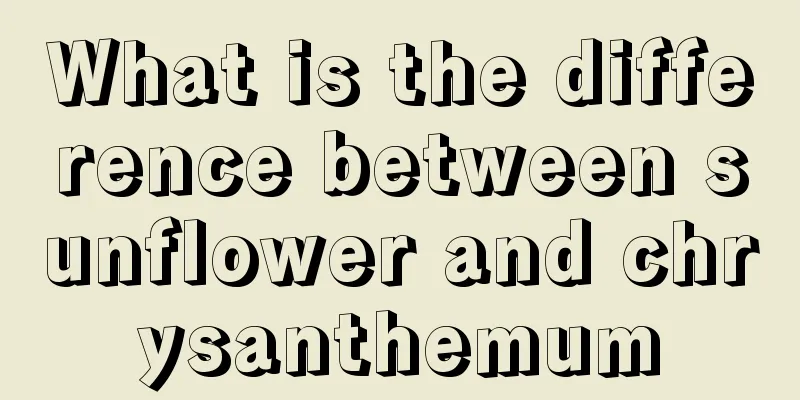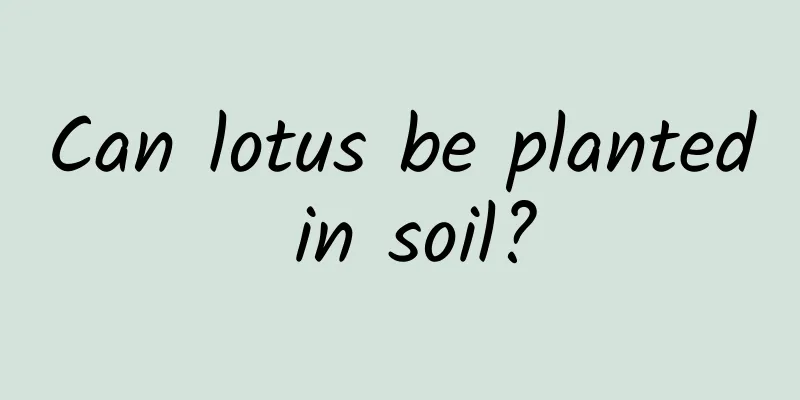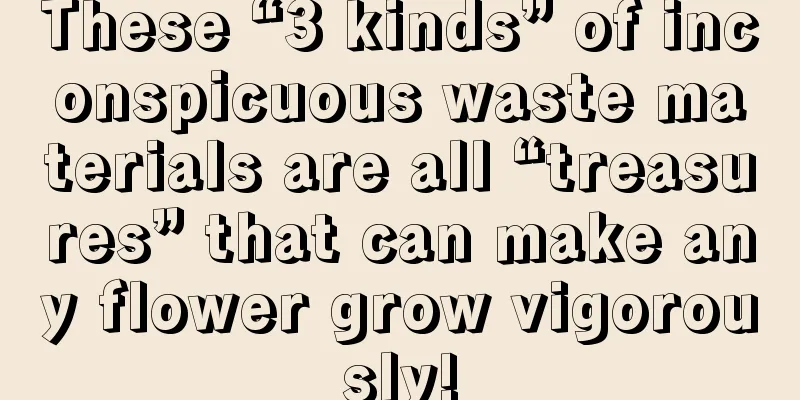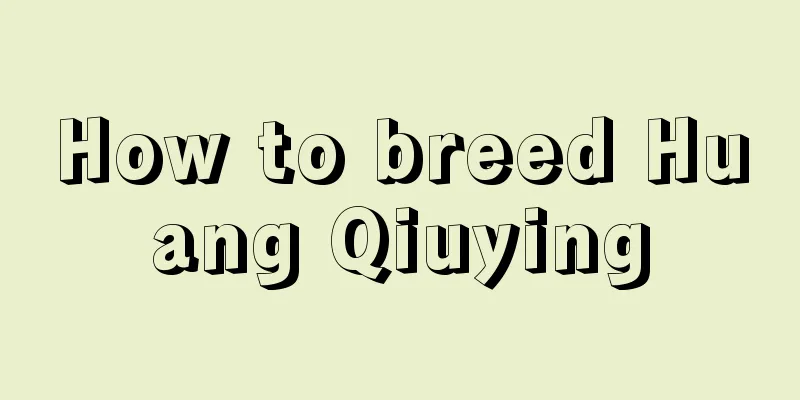What is the difference between sunflower and chrysanthemum

1. Sunflower1. RootIts roots can penetrate deep into the soil, up to 100-200cm deep. Its lateral roots grow horizontally, with many fibrous roots and root hairs. Its root system is relatively developed and is widely distributed in the soil. Its roots grow even faster than the stems, especially when the flower disk is formed. When the seeds mature, the roots will stop growing and will wither. 2. StemIts stem is upright, with bristles on the surface and is relatively rough. In the later stage, the stem will become lignified and the inside will become hollow. Its embryonic stem has different colors, which is a very important way to identify its variety. The stem heights of its different varieties vary greatly. Even for the same variety, the heights can be different due to various environmental reasons. 3. Leaf flowersIt has two cotyledons and true leaves in pairs, growing in the area 1-3 nodes below the stem. The true leaves can grow relatively large and have bristles on them. The flower grows at the top of the stem. Its color and size are related to the variety. Its color is very attractive to insects for pollination. Its fruit is edible melon seeds. The seeds are relatively long, usually with black and white stripes, and the skin is relatively thick. 2. ChrysanthemumIt likes sunlight and dislikes shade. It can tolerate drought and dislikes waterlogging. It can withstand severe cold, and even in winter, its roots can survive the cold winter underground. It can withstand slight frost, but the seedlings need relatively high temperatures during their growth period. The best temperature is 20℃, the hottest should not exceed 32℃, and the lowest should not be lower than 10℃. It likes thicker soil with more humus and better water permeability. It can grow in slightly acidic to neutral soil. The best pH is within the range of 6.2-6.7. 3. DifferenceAlthough both are yellow, the difference is very obvious. The flowers of chrysanthemum are thinner and longer, while the flowers of the former are thicker and larger. The flowers of chrysanthemum spread out continuously, while the former only has petals on the edge of the flower disk. Moreover, it is difficult for us to see the stamens of the latter, but the stamens of the former can not only be seen clearly, but also the seeds on them can be seen. The leaves of the latter are smaller and serrated, while the leaves of the former are wider and have small teeth on the edges. |
Recommend
Can bamboo be planted in the north?
Can bamboo be grown in the north? Moso bamboo can...
The whole family was disgusted when they picked up this junk from the trash can, but they were dumbfounded after they planted flowers in it!
Turn a broken jar into a flower pot and it will i...
What to do if the leaves of gardenia curl
1. Cause Analysis 1. First, consider the daily cu...
When is the right time to sow kidney beans?
Kidney bean planting time Kidney bean is an edibl...
How to grow yellow wood fragrance flowers
1. Soil: Yellow osmanthus is resistant to barrenn...
What fertilizer should be used to grow sweet and crisp cucumbers (how to fertilize cucumbers)
How to fertilize cucumbers to make them sweeter, ...
unbelievable! 7 ways to grow flowers with just one plastic bottle!
Flower cultivation method 1: Rose cuttings Many f...
How to propagate anemone
Potted propagation method of Anemone There are tw...
The difference between Ephedra sinica and Equisetum arvense
1. Difference between stems The woody stems of Ep...
How many days does it take for chrysanthemum seeds to germinate?
Chrysanthemum cabbage , also known as wormwood, w...
How to grow Pingyin roses
1. Soil It has strong adaptability and can grow w...
Can honeycomb coal be used as flower soil?
Can honeycomb coal be used as flower soil? Honeyc...
African Impatiens cultivation methods and precautions
1. Suitable temperature African Impatiens has rel...
Sunflower growth environment conditions and characteristics
Sunflower growth environment conditions and requi...
Why don't the crabapple seedlings I bought online sprout?
1. Reasons for not germinating Usually, the craba...









